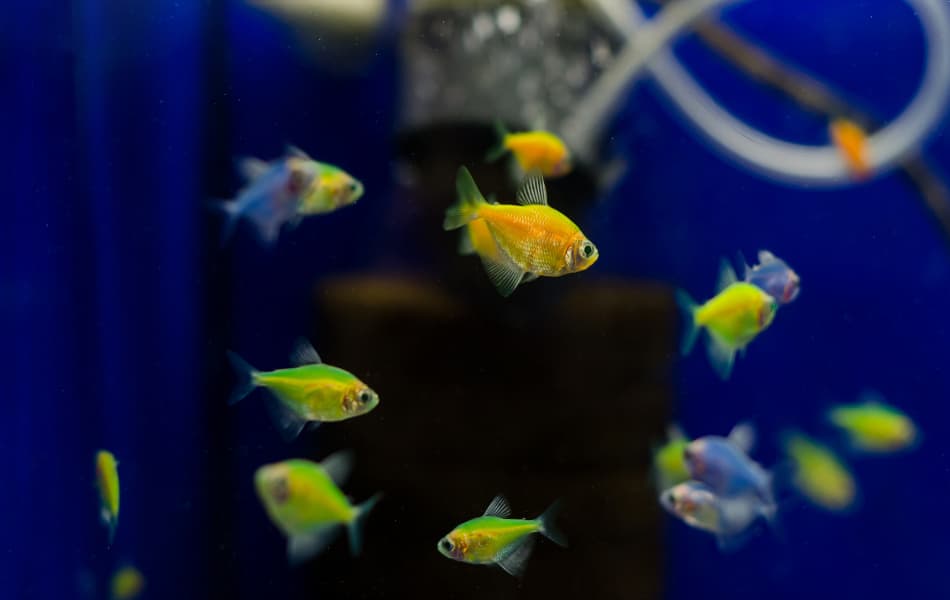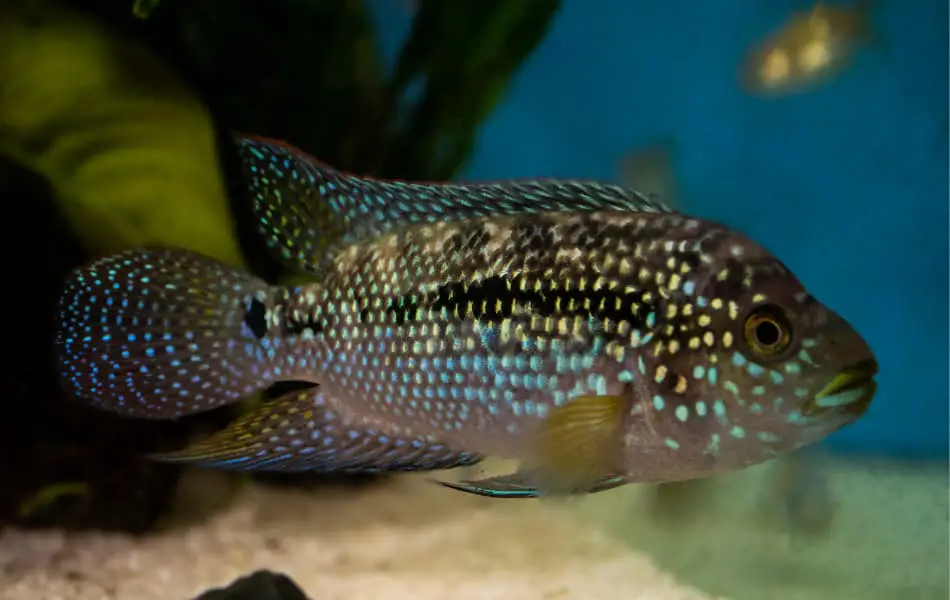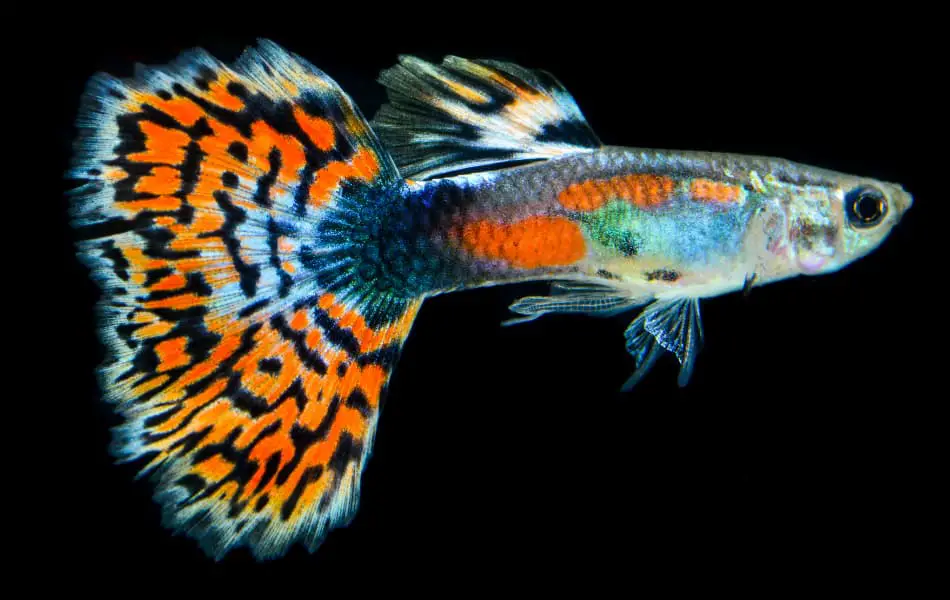
Having a fish tank is undoubtedly fun, but setting it up and deciding which is the best pet fish to buy can be overwhelming. There are numerous fish you can choose from for your fish tank, but how?
You need to purchase fish knowing well about their maximum size when they will be fully grown so that your fish tank can accommodate them in the future. Moreover, you cannot keep certain fish species with other types since not all are compatible. While some species are very aggressive and may hurt the other fishes, some other fishes are enormous enough to feed on the smaller ones.
This article will help you decide on the types of fishes you want to keep and how to go about the selection process.
Try to buy your fishes from a local pet store that is meant for aquatic life. This way, the store helpers will be better informed about the combination of fishes that you can have.
Learn more about the territorial conflicts between different species and decide on a combination of fishes that are compatible with each other.
This article will help you decide on the types of fishes you want to keep and how to go about the selection process. Here is a step-by-step guide that will help you determine the best pet fish to buy:
Size of the fish and the size of your aquarium
Most of the freshwater fish breeds will fit in a 15-gallon fish tank. You need to decide the size of your fish tank according to the space available for you to keep it, and you need to choose fish according to the size of the fish tank.
Please do not get fooled by the size of the fish you see in the pet store because most of them will be in their juvenile size. Some freshwater fish can grow up to the size of your foot in a few months!
So, it would be best if you did a little bit of research on the fish species you want to keep. Try to know the maximum size they will grow into and how much space they will need if they live in a colony.
Beginner? Start with the easy breeds
If you’re new to fishkeeping, it’s safe that you start with breeds that are low maintenance. Even though fish do not require your time and effort as much as most other common pets like cats and dogs, some species are very sensitive. You can buy fish that are less fragile so that you can learn how to take care of them without accidentally killing them.
Glofish, Cichlids, Goldfish, Guppies, small Catfish, the Tiger Pleco, and the Silver Hatchet are a few easy-to-maintain species.

You can also get Betta fish if you’re a beginner since they do not require much effort and time. However, if you want to keep Betta fish, you better keep just one breed since they are not compatible with other species.
Try not to get fish that die off quickly because you may feel inadequate and lose interest in the whole idea when your fish die at the beginning of your fishkeeping experience.
Fish like discus need to be avoided if you’re a beginner since they like to live in clean and fresh water, which means that you will have to change the water twice every week. Also, this breed of fish can get sick very fast and spread the disease to other fish, so it’s better to avoid them initially.
Behavioral compatibility
Choose fish that are behaviorally compatible with each other if you want your aquarium to have different fish breeds. This means that you cannot keep aggressive fish like Beta, which are likely to attack other fish in the tank.
Friendly fish like Danios, Platies, Swordtails, and Mollies are compatible with most freshwater fish. Neon or Glowlight Tetras, GlassFish, breeds of guppies, and Ghost Shrimp, are a few other fishes that would make a good combination for your aquarium.
Temperature requirements
There are two types of fish- cold water fish and warm water fish. If you want to set up a community fish tank with more than one fish species, you need to make sure that their temperature requirements are the same. For example, colorful freshwater fish like the goldfish thrive in cold water, and they should not be kept in the same tank with warm water breeds like Betta.
Most tropical fish require warm water, and it’s better to set up an aquarium water heater if you’re planning to keep them. Tropical freshwater aquariums and marine aquariums are maintained at a temperature that’s ideally between 22-30 °C (71-86 °F).
If you’re a beginner and want cold-water fish, you can go for goldfish, Tetras, and the White Cloud minnow. On the other hand, easy-to-handle warm water fish include Danios, the Black Molly, Platies, Swordtails, and the Black Skirt Tetra.
Territorial fish
Do not put territorial fish in aquariums that have plenty of other fishes as well. This is because territorial fish tend to maintain a territory of their own within the fish tank, a piece of decoration, or a particular area of the tank itself. These fish attack other fish that try to swim near their territory, which can hurt or result in the death of other fishes.
If you want territorial fish that bad, you will either have to avoid getting other fish breeds or maintain a large fish tank so that there’s enough space for all the fish to swim around. Examples of territorial fishes include Cichlids and the Jack Dempsey.

Fish with similar feeding requirements
Try to include fishes with similar feeding requirements in your tank so that all of them stay healthy and you don’t accidentally get any of them sick while trying to feed the others. Most fish species that you can maintain in a fish tank can feed on fish food flakes that you can buy at the pet store.
However, not all fish eat fish food flakes that you get at the pet store. For example, fish breeds like Catfish are scavengers, and they feed on leftover organic debris that sediment on the floor area of the fish tank. Some other breeds like Knifefish, Jack Dempsey, and Bolivian Ram eat live food like bloodworms, and some fish eat invertebrates which will cost you a lot. Some fish can eat your other fish; thus, make sure that you mix fishes with similar feeding habits.
Buying individual fish
You can visit a local pet store to buy fish and seek the store people’s help if you’re confused about what combination of fish you must buy. Do not buy all the fish on your list together because you need to introduce each breed with at least a gap of three days.
Additionally, try to get the fish from a nearby pet store so that you don’t have to travel for long after buying them; remember that they should stay inside the plastic bag only for two and half hours. You may not get rare and exotic breeds of fish in local stores, and if you want those fish, you can try buying them online. PetSolutions, PetCo, or LiveAquaria are a few online stores where you can purchase fish for your fish tank.
Breeding
If you don’t want your fish to breed and increase the population of your tank, try to buy fish of the same sex. Breeds like guppies can reproduce pretty quickly and increase the total population of your tank in just a few months.
On the other hand, if you want your fish to have babies and make your fish tank a merry little family place, you can buy fish of both sexes. Nonetheless, you must sell your fishes or put them up for adoption after new babies are born because it’s harmful to overpopulate your aquarium.
Healthy Fish
When you’re buying new fish, make sure that each one of them is healthy and is not infected or sick. Most of the time, you can make out if they are healthy by just looking at them because sick fish will have visible infections over their bodies or may not be active. Try to pick out fish that are actively swimming around in the tank and are eager to eat when you feed them.
Best Freshwater Fish
Goldfish
When most of us think of having an aquarium at home, we think of goldfish. They are the most common and beautiful fish you can have, and they are a great choice if you’re a beginner.
Even though we usually spot goldfish in small round fishbowls in places like office cubicles and hotel reception desks, it is not ideal to keep them in bowls. It is a lesser-known fact that goldfish can grow up to 14 inches in the wild, making it a necessity to keep them in a tank that can hold at least 20 gallons of water.

Angelfish
These fish are called “angel” fish for a reason; they are breathtakingly beautiful! They belong to the Cichlid family, which also contains Discus, Oscars, and Parrotfish.
They can grow up to 6 inches in length and 8 inches wide. The ideal water condition for them is slightly acidic, and you need to keep them in a tank that can hold at least 20 gallons of water.
Angelfish are omnivorous, and they feed on both plant matter as well as meat. So, try not to keep them in an overcrowded tank because they may savor your other fishes. As they grow older, Angelfish become more aggressive, which means that you need to keep them away from small fishes and fin-nipping species.
Neon Tetra
Neon Tetra is a treat for your eyes because they look like a bolt of blue lightning with a bright red edge. They look great when they are grown in a colony, and if you want your aquarium to look good, these are the fish that you must never miss out on.
Guppies
Guppies are one of the most popular breeds among fish tank owners because they are effortless to take care of. Males are more colorful and vibrant than females, so you can buy the male ones if you don’t want them to breed. They do not grow too big and hence can be kept in smaller fish tanks as well.

Mollies
Mollies are semi-aggressive species of fish that are pitch-black in color. You may not even be able to spot their eyes because they look like black swimming creatures. This doesn’t mean that they are not beautiful because they are damn gorgeous! You can spot mollies in a fish tank from long distances as well.
A few other freshwater fishes you can consider keeping are Oscar, Platies, Cherry Barb, Pearl Gourami, Plecostomus, Swordtails, Zebra Danios, Discus, Killifish, Rainbowfish, Corydoras Catfish, and Bettas.
Conclusion
Fish compatibility is the most vital aspect when choosing fish for aquaria. Most of the time, it is the difference between a peaceful and a violence-prone aquarium. You should thus take extra measures to ensure that all fish in a specific aquarium are compatible.
Otherwise, give your fish as much space as you can, especially if you have a community tank! If you forget everything else, try to remember these two points. It would save you a lot of time and trouble.
Like always, feel free to share your experiences and tips in the comment section. You can also shoot as many questions as you have; I will try to answer all of them.